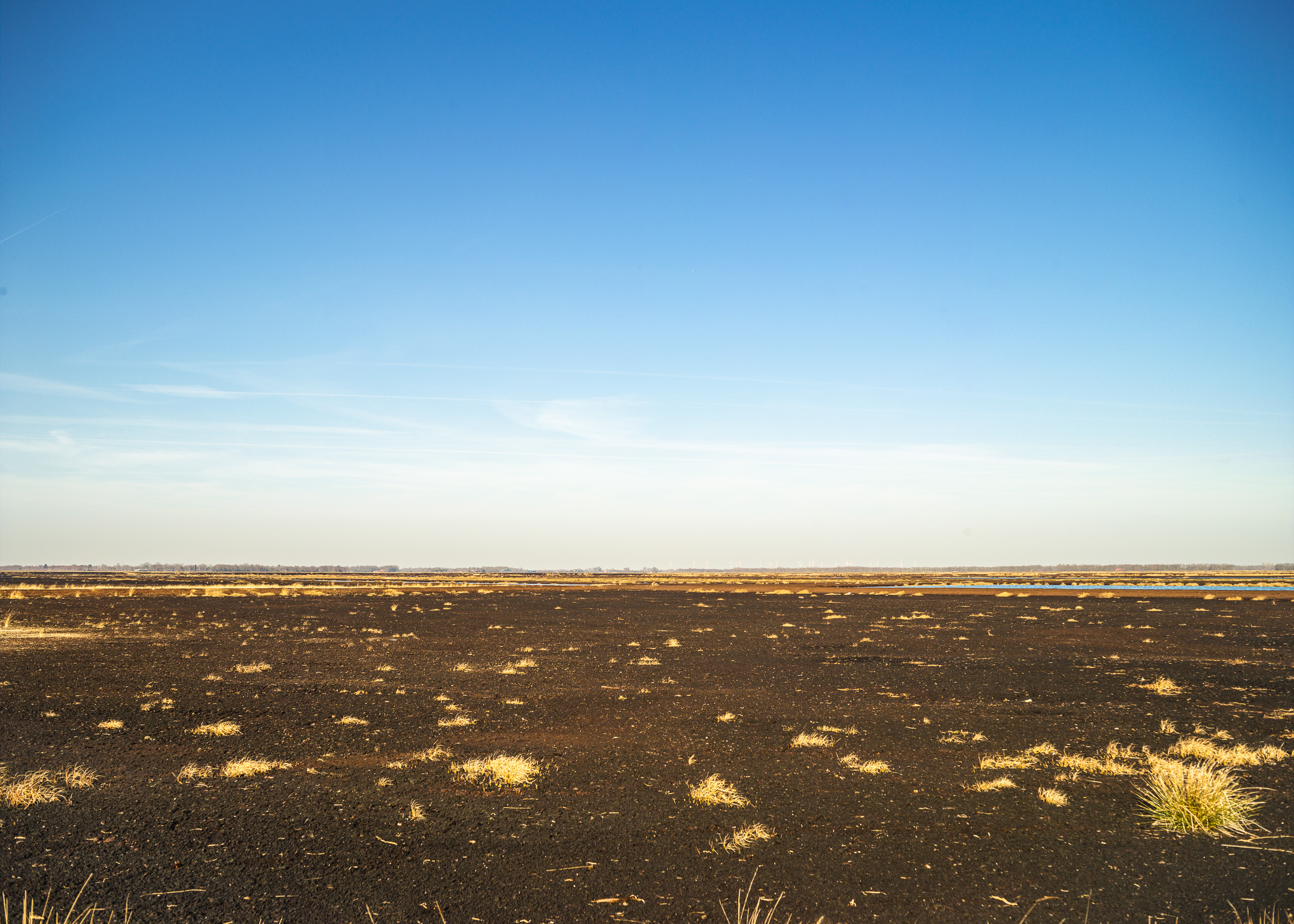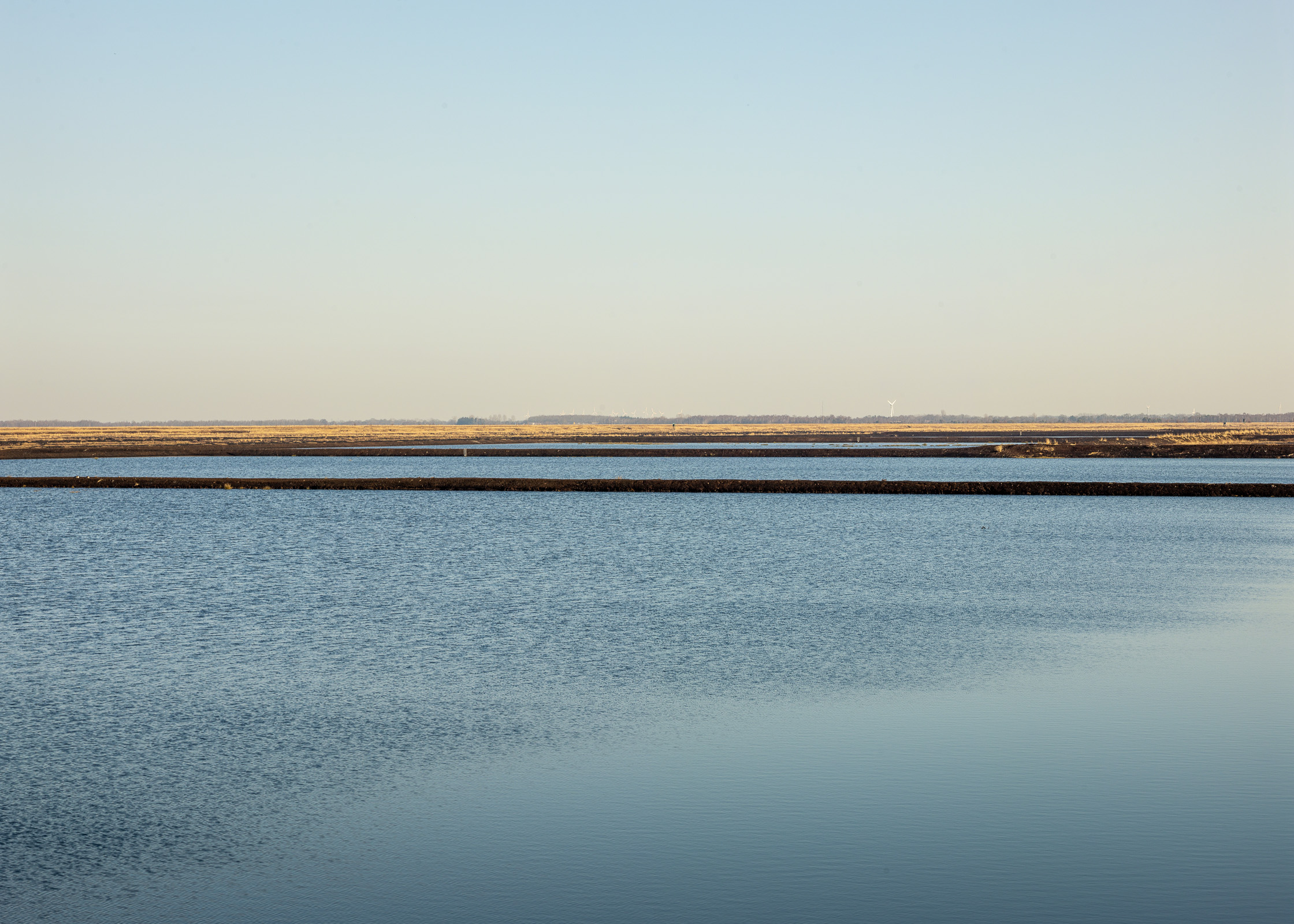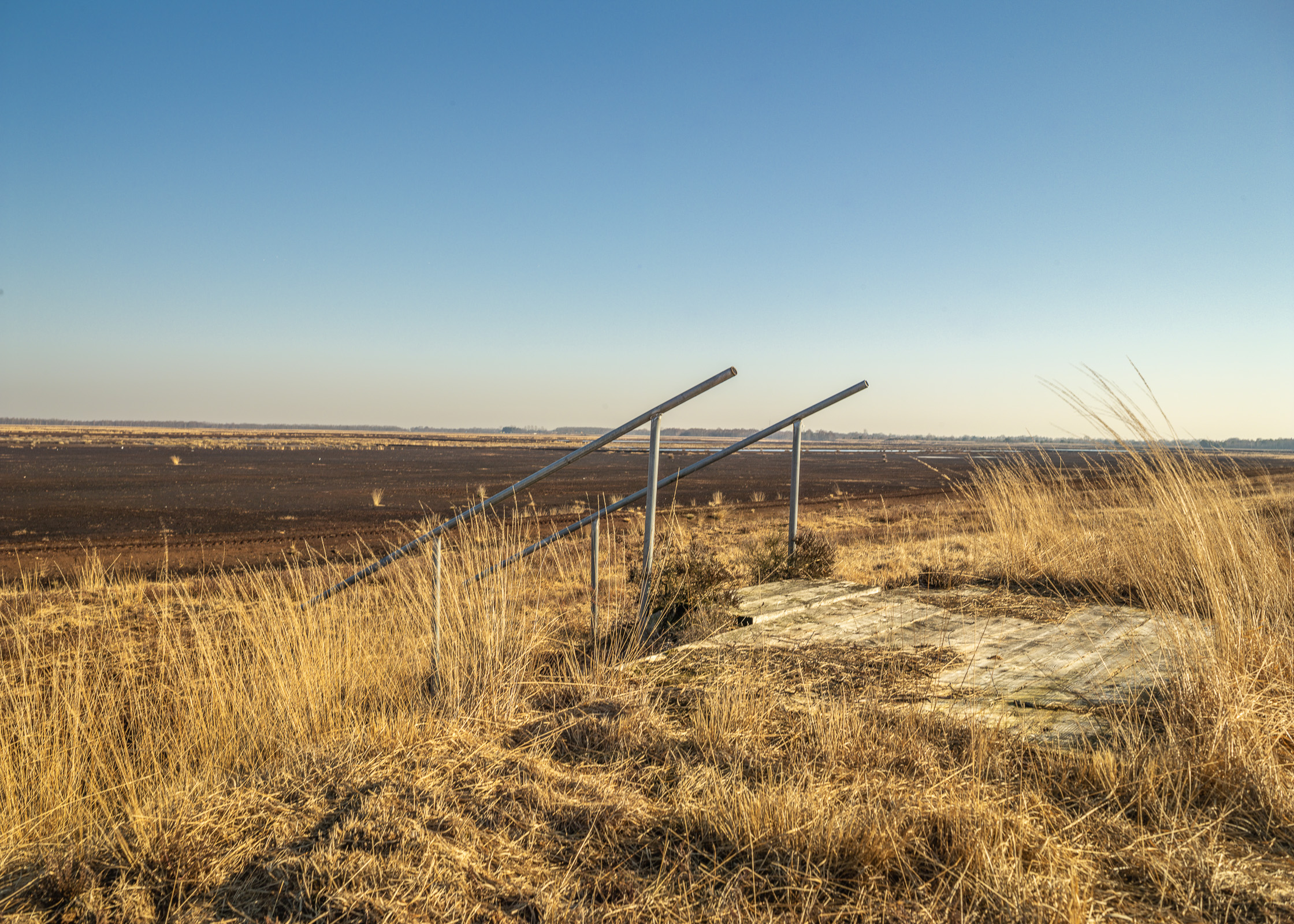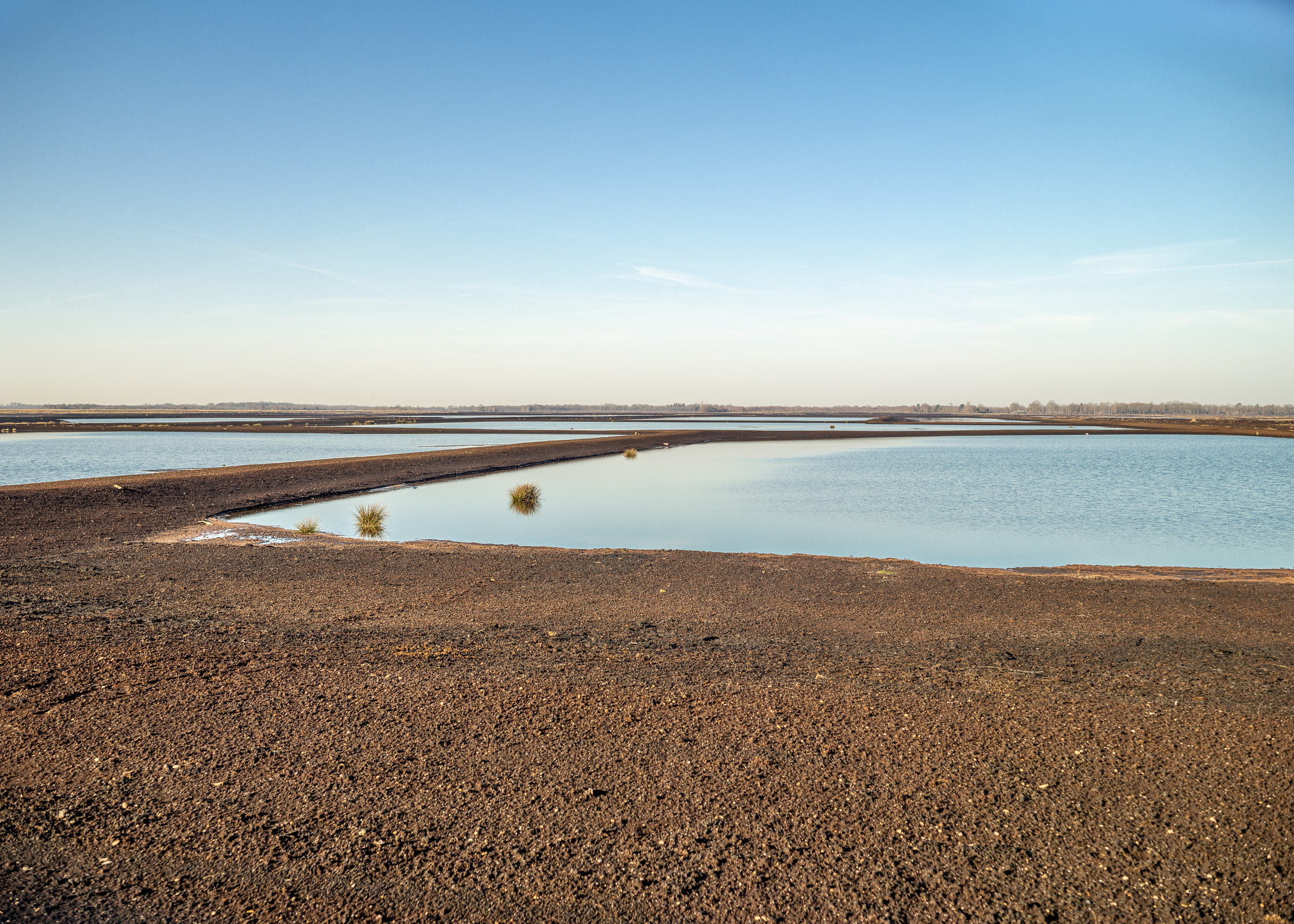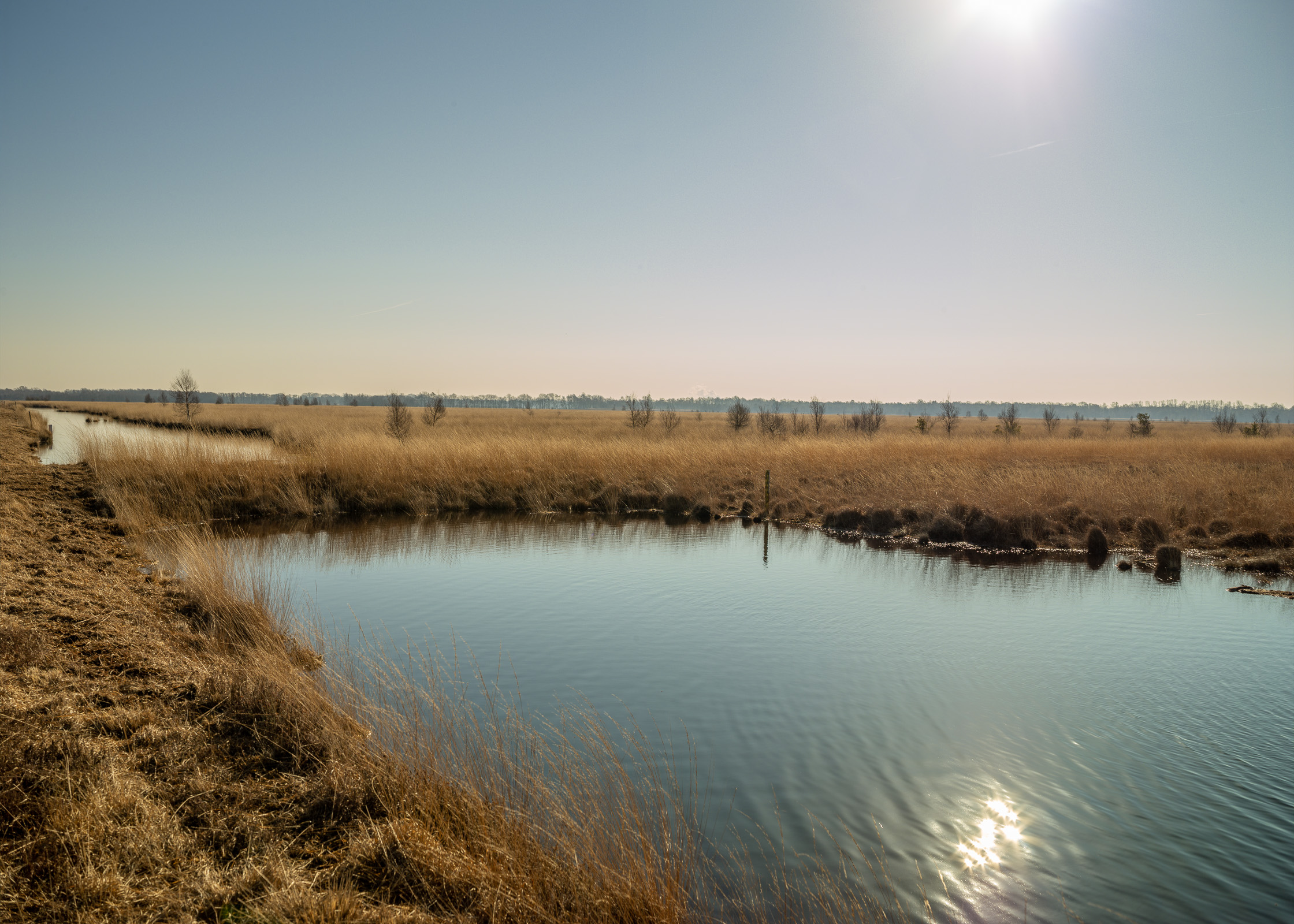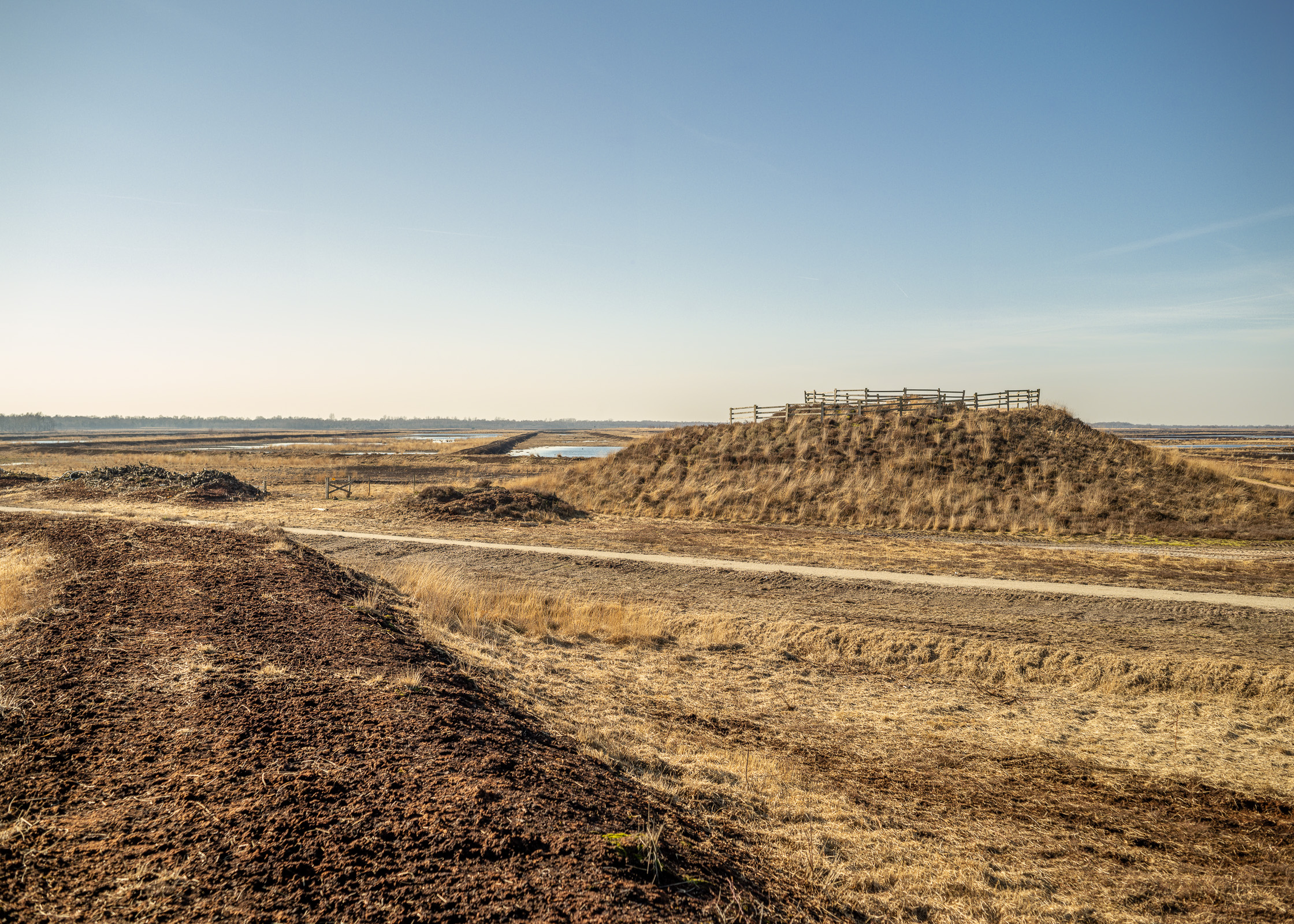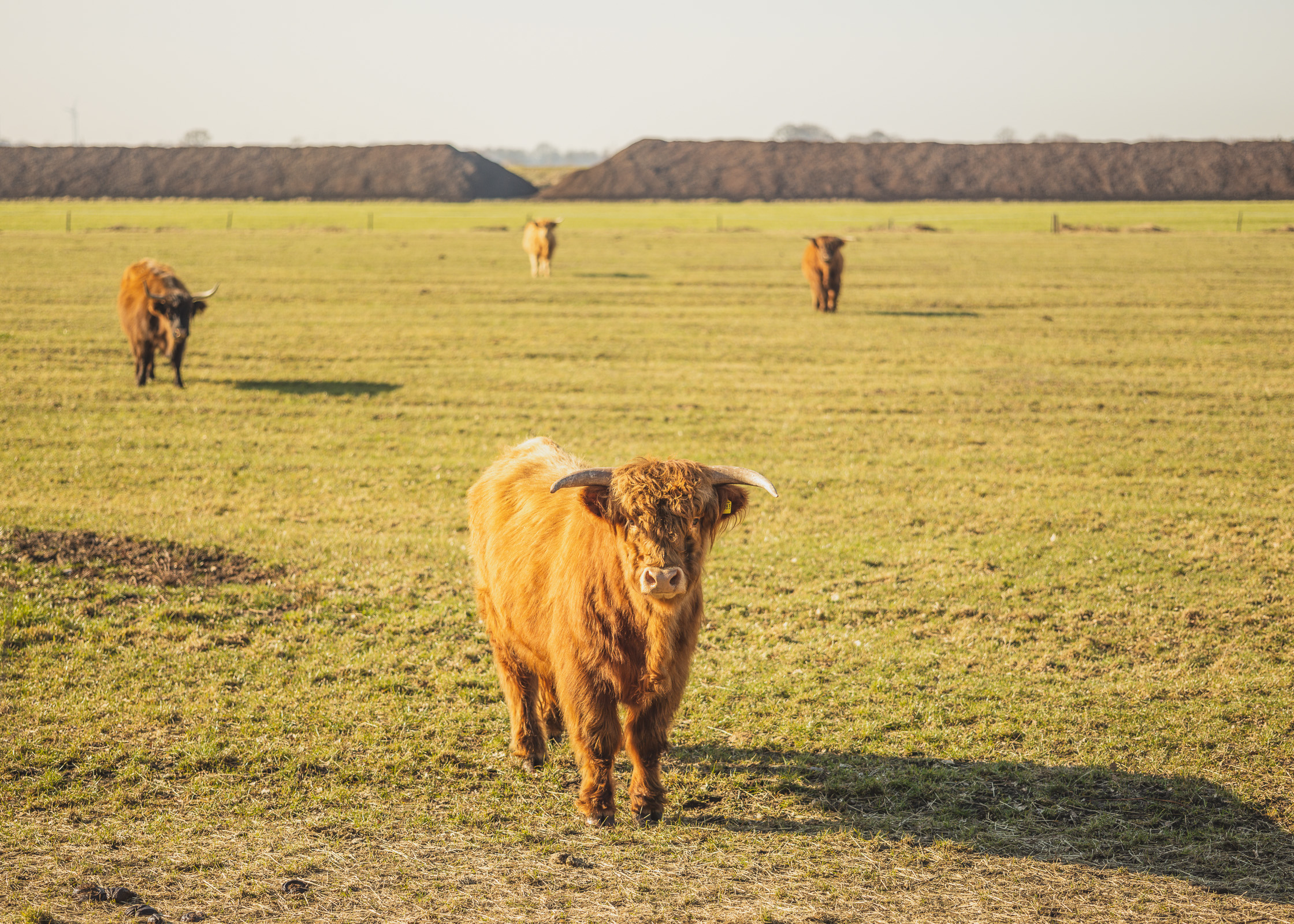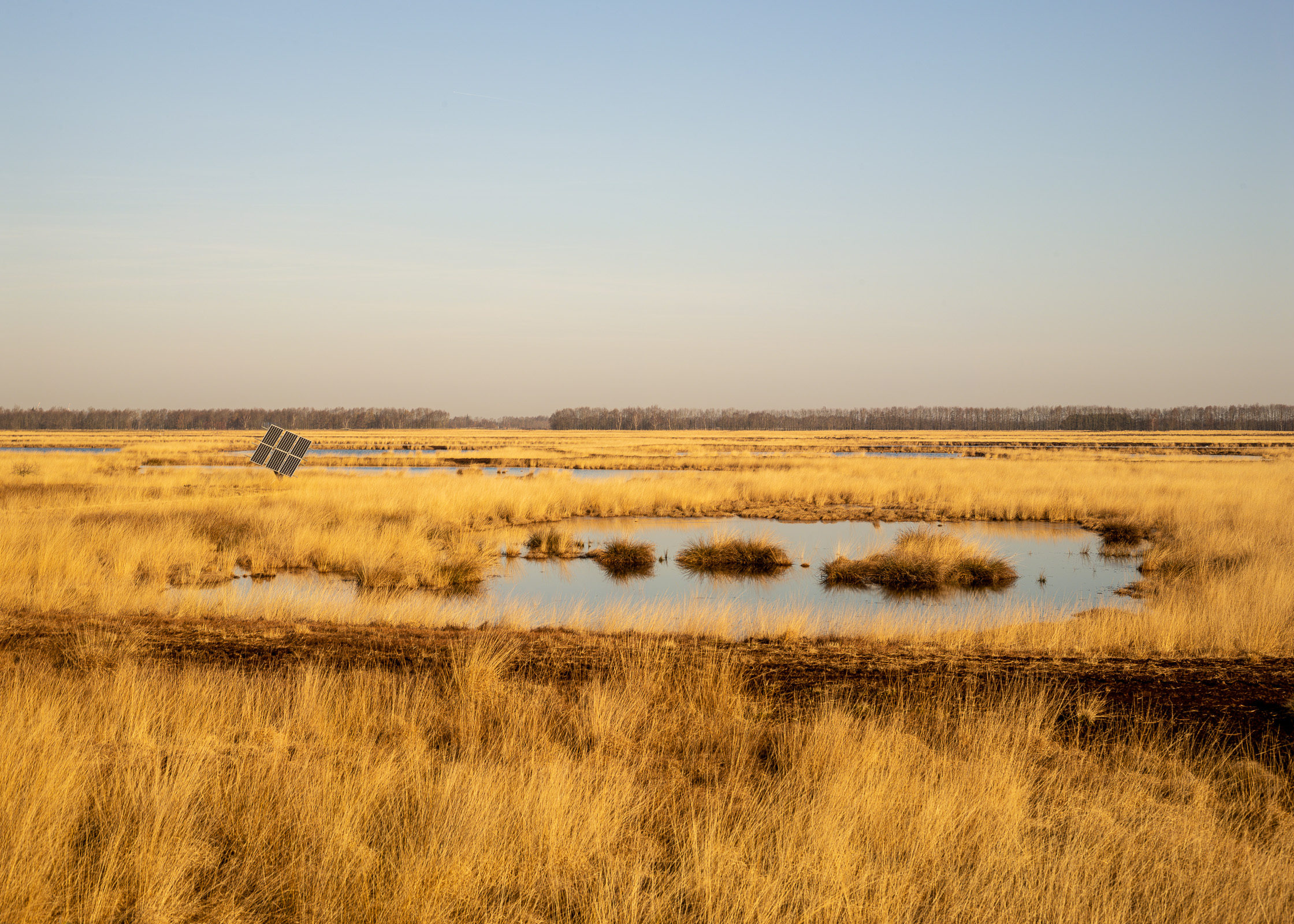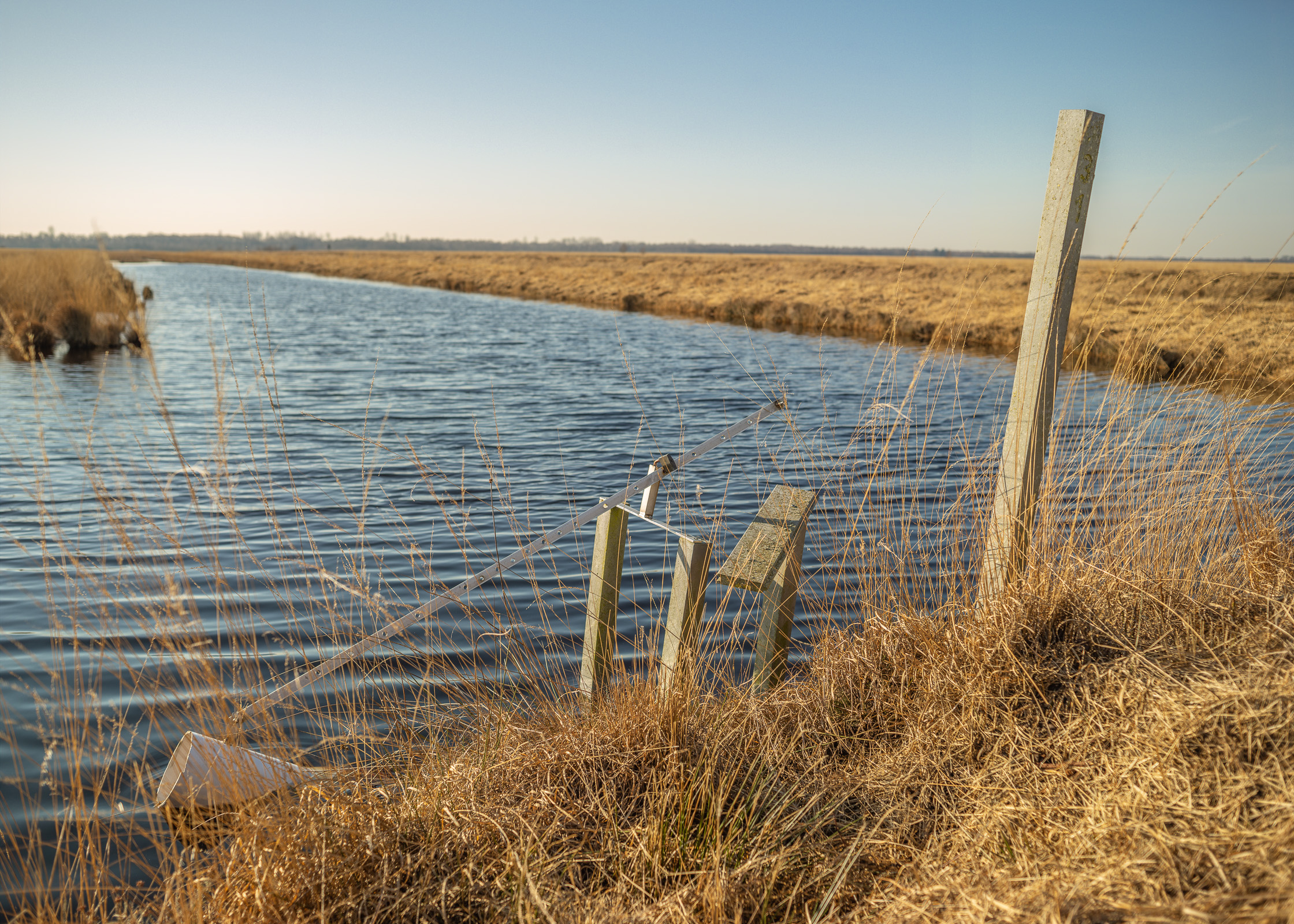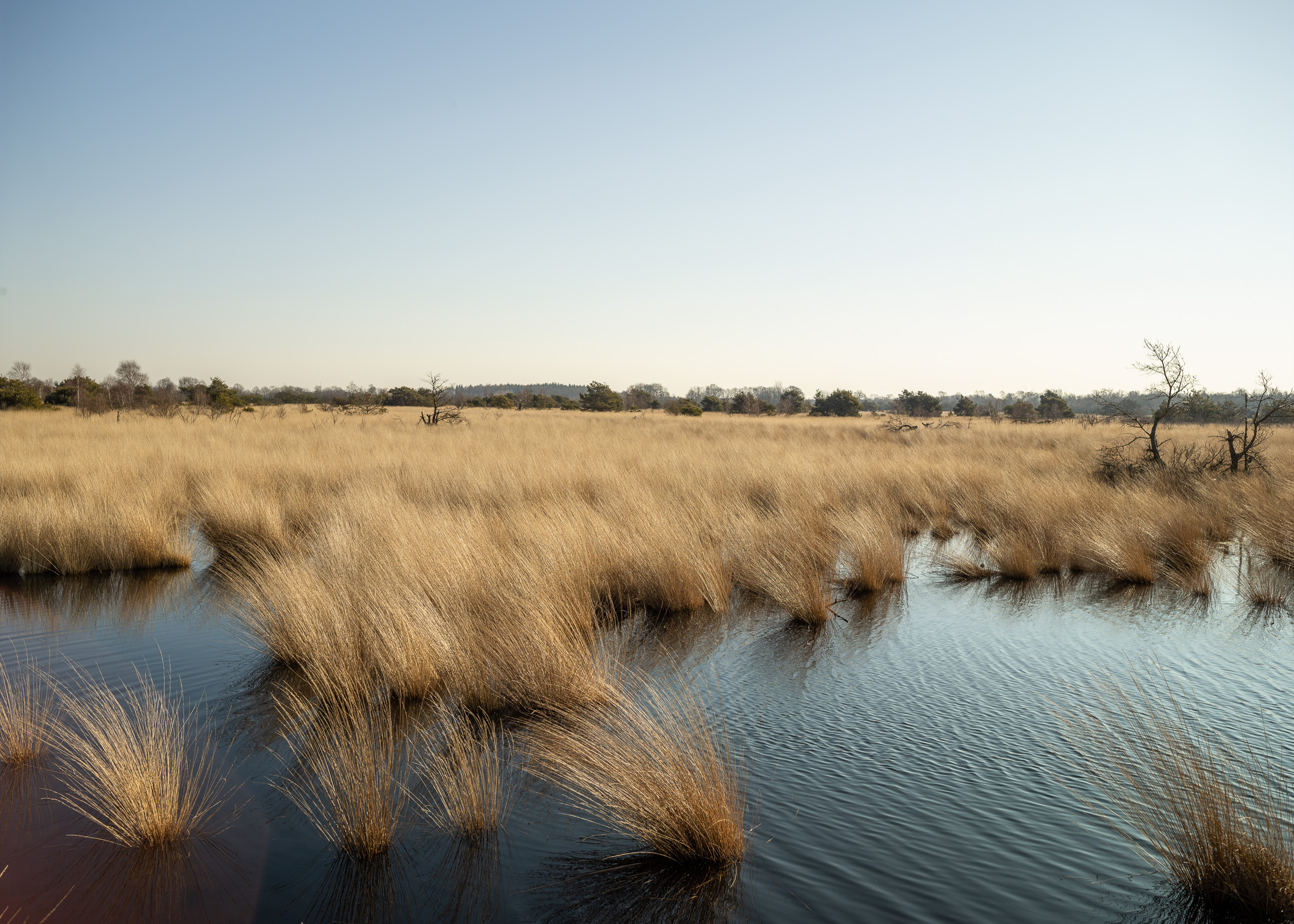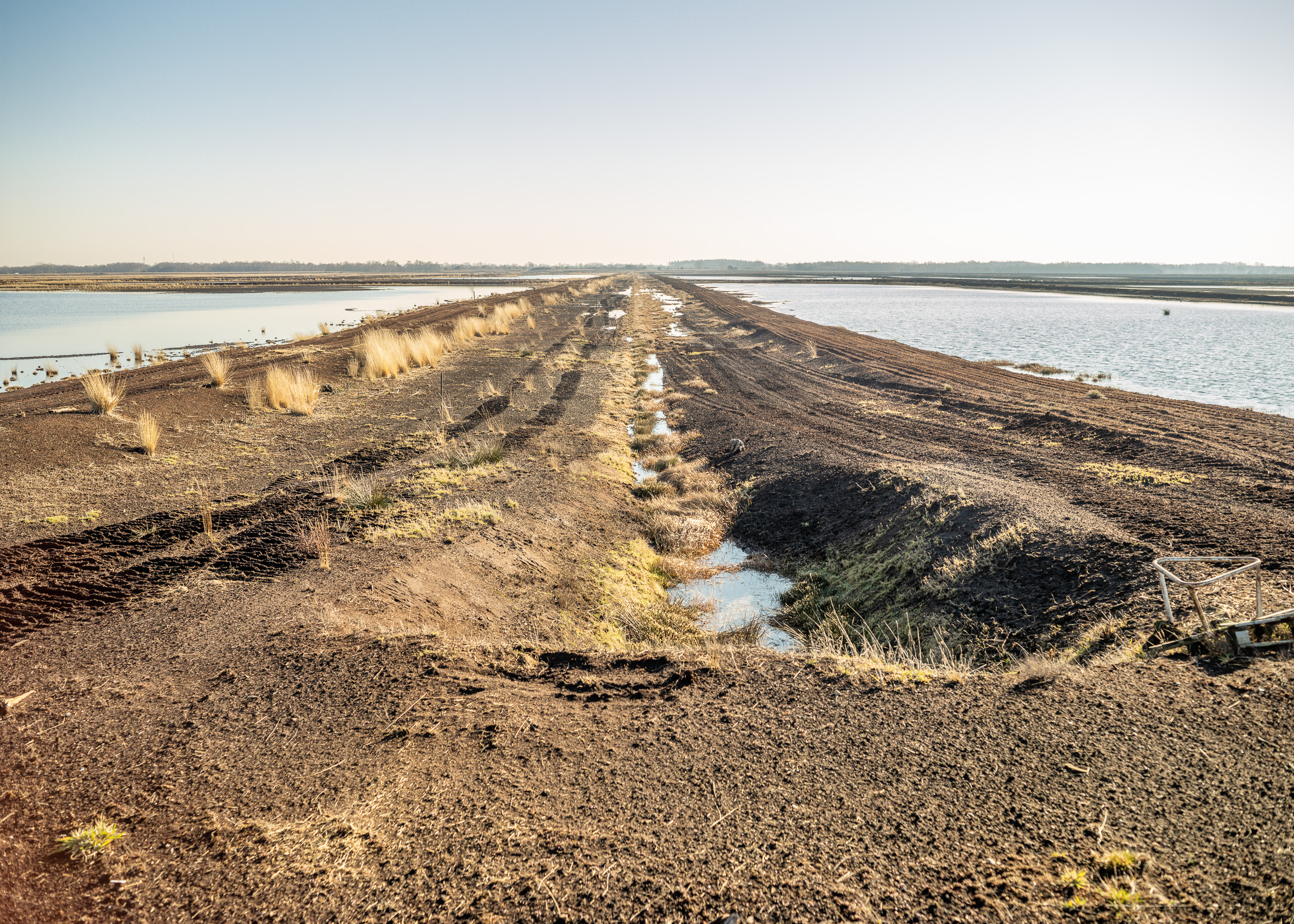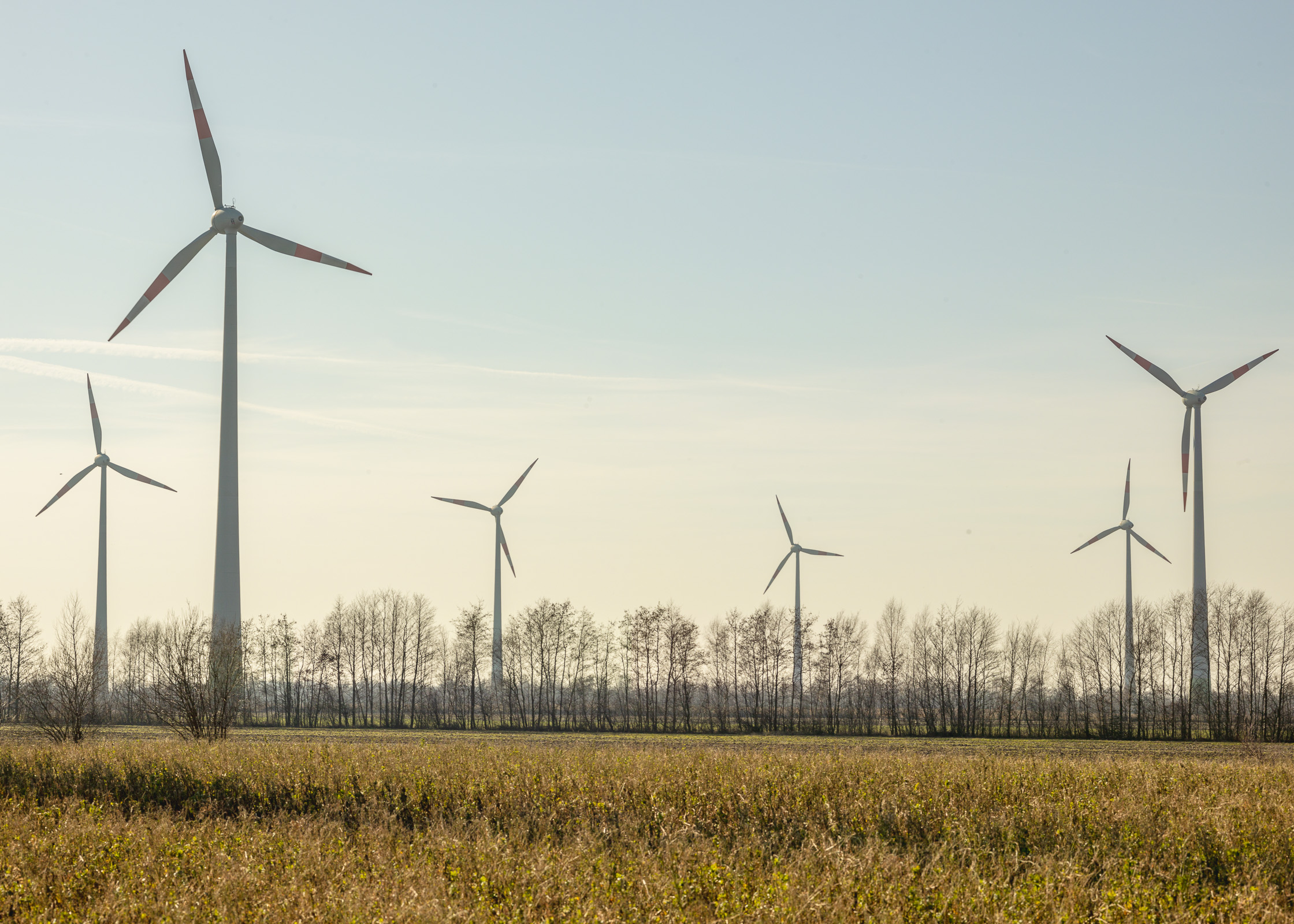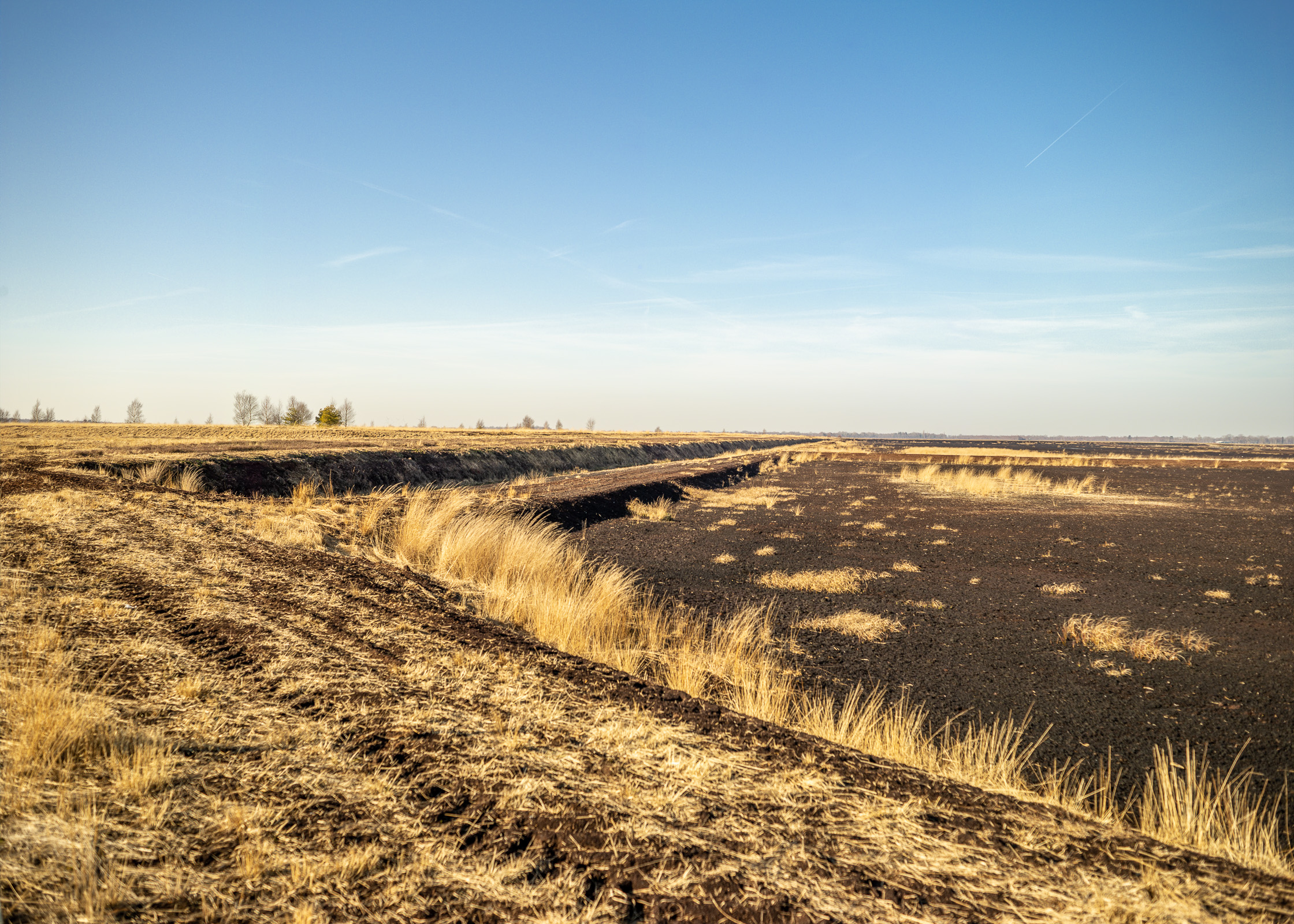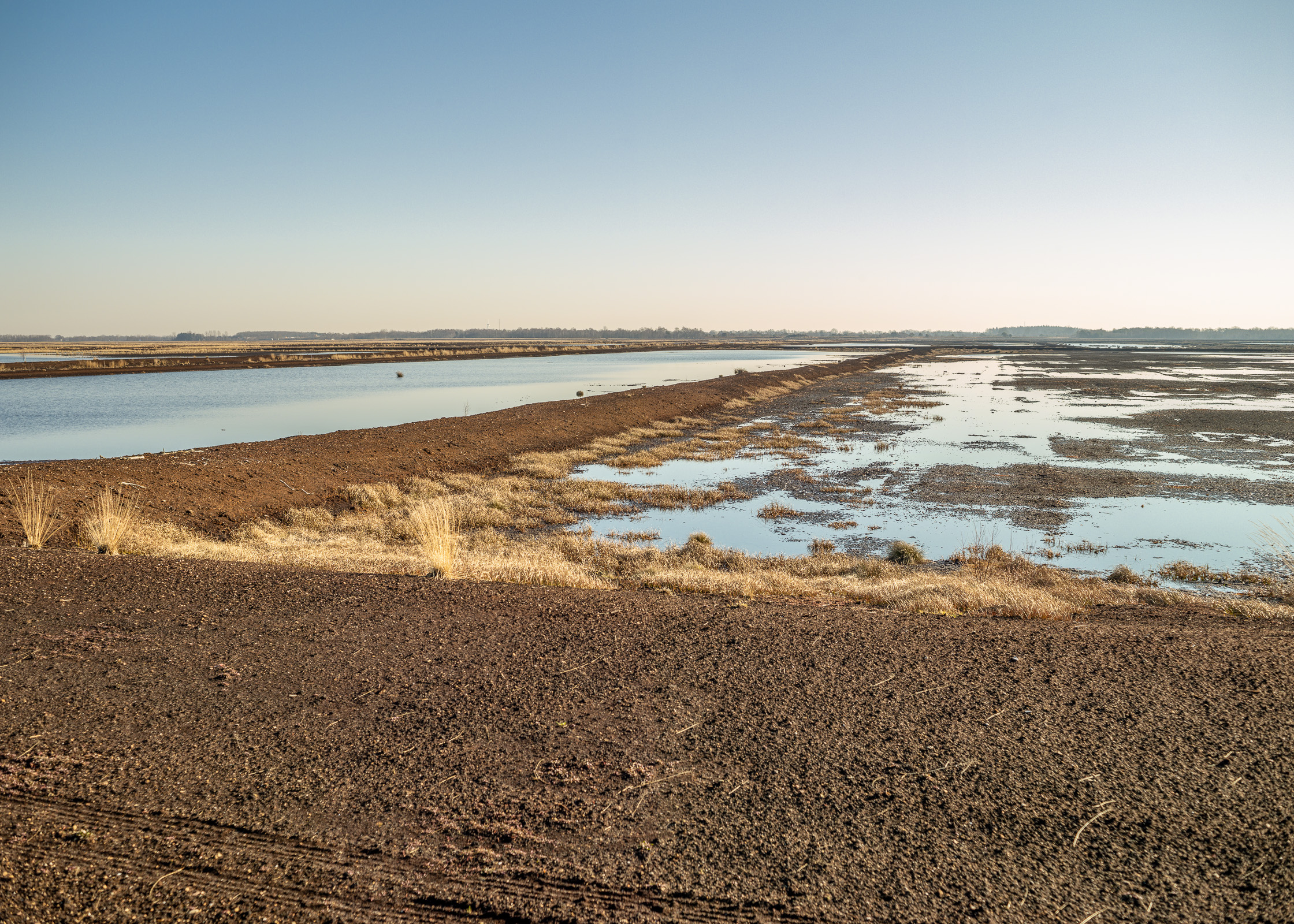Lukas J.
Herbers
projects •
stories •
Within my ongoing longterm project Emslandplan I work on the current state and development of the district Emsland in the German state of Lower Saxonia. Being one of the biggest districts in Germany but mostly covered by bogland, it has been considered the nation's poorhouse until the mid of the 20th century. With the end of World War II and the influx of people from the former eastern territories of Germany the need for agricultural and inhabitable land as well as the discovery of extensive oil and gas resources lead to the foundation of the Emslandplan. Between 1950 and 1989 more than 2 billion DM were spend on infrastructure, drainage projects, and other development measures. By today the former underdeveloped agricultural region flourishes and became a diversified industrialised area. This succesful development made it a rare exception of increasing rural depopulation in Germany. However, the destructions of the bogland comes with a price just as the nuclear power plants and nuclear fuel production in Lingen. I plan to document the remains of the Emslandplan, its stories of success and failure, its people, and perspectives.
70% of Germany's bogland lie in its Northern regions. Due to the high demand of arable land one of the main goals of the Emsland plan was the drainage of the Emsland's bogland covering most of its surface. For this purpose Ottomeyer Mammutpflug ploughs were utilised to deep plow the land up to depths of over 2 metres and thus draining the ground by breaking its impermeable layours. Other areas of the bogland were and are still exploited for their peat as a natural resource. Some of those areas are in renaturation due to the boglands ability to bind high capacities of carbon dioxide. However, with one millimetre per year, renaturation will take a while and the protected areas will look scarred for decades at least.
